Want to turn a green lane into a brown lane, tow a Gulaschkanone across a snowy field, or roam the Western Desert trashing Axis airfields? Get a 4×4. Want quick introductions to games of interest to wargamers and simmers? Read a 3×3. Prior to penning one of these articles I’ll play three tempting titles for three hours each. While it would be cavalier to call the reports that result from such brief auditions ‘reviews’, it’s conceivable they might lead to more prolonged playtests, and prompt or prevent the odd purchase.
Helicopter Gunship DEX
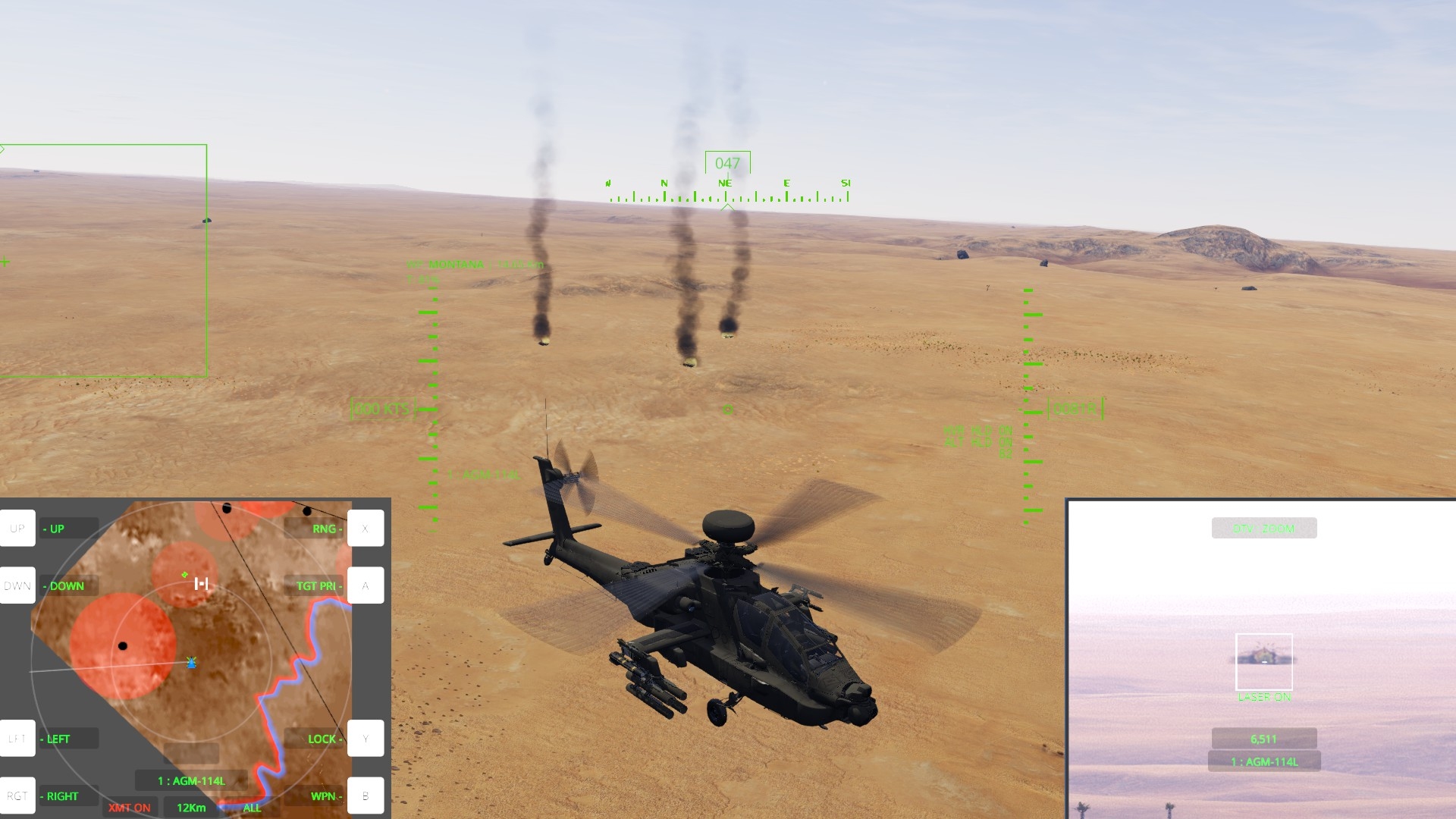
Jimmy Arcade’s Early Access chopper sim spent twice as long on the THC audition stage than it should have done. Whenever a concerned Roman appeared in the wings holding his ten-foot shepherd’s crook, I, eager to tousle more weeds and immolate more Warsaw Pact AFVs, waved him away.

The moreishness bodes well. If Helicopter Gunship DEX sans dynamic campaign, theatre choices, mobile targets, terrain collisions and a host of other planned features, can captivate so concertedly, one wonders what the finished sim will be capable of.
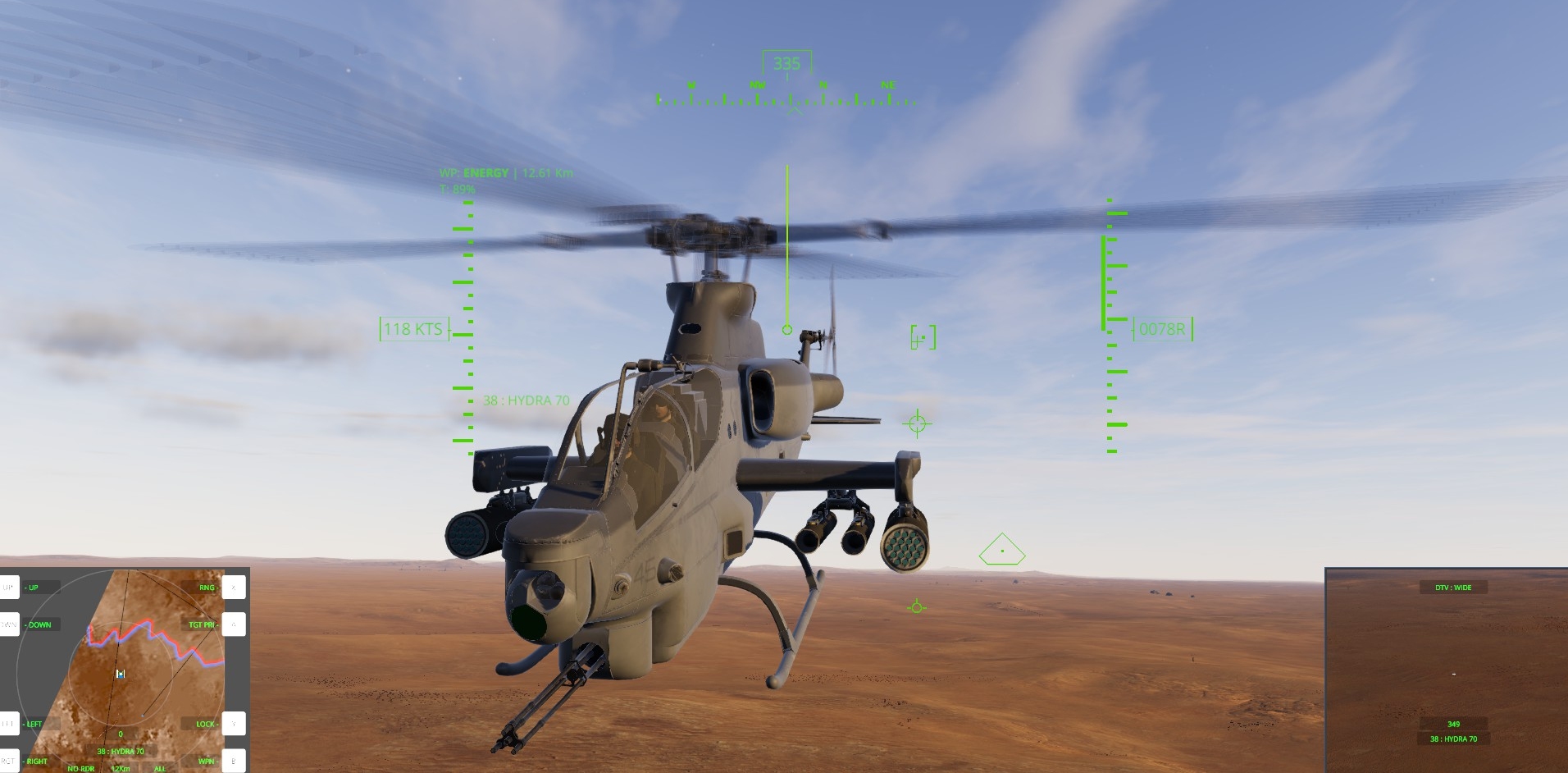
After a slow start (expect to spend your first hour in the options menu binding unbound keys and playing with realism and FM sliders) this £15 work-in-progress quickly won me over with its approachable “simcade” complexity, redolent flight physics, sizeable steed choice, and willingness to randomly-generate sorties.
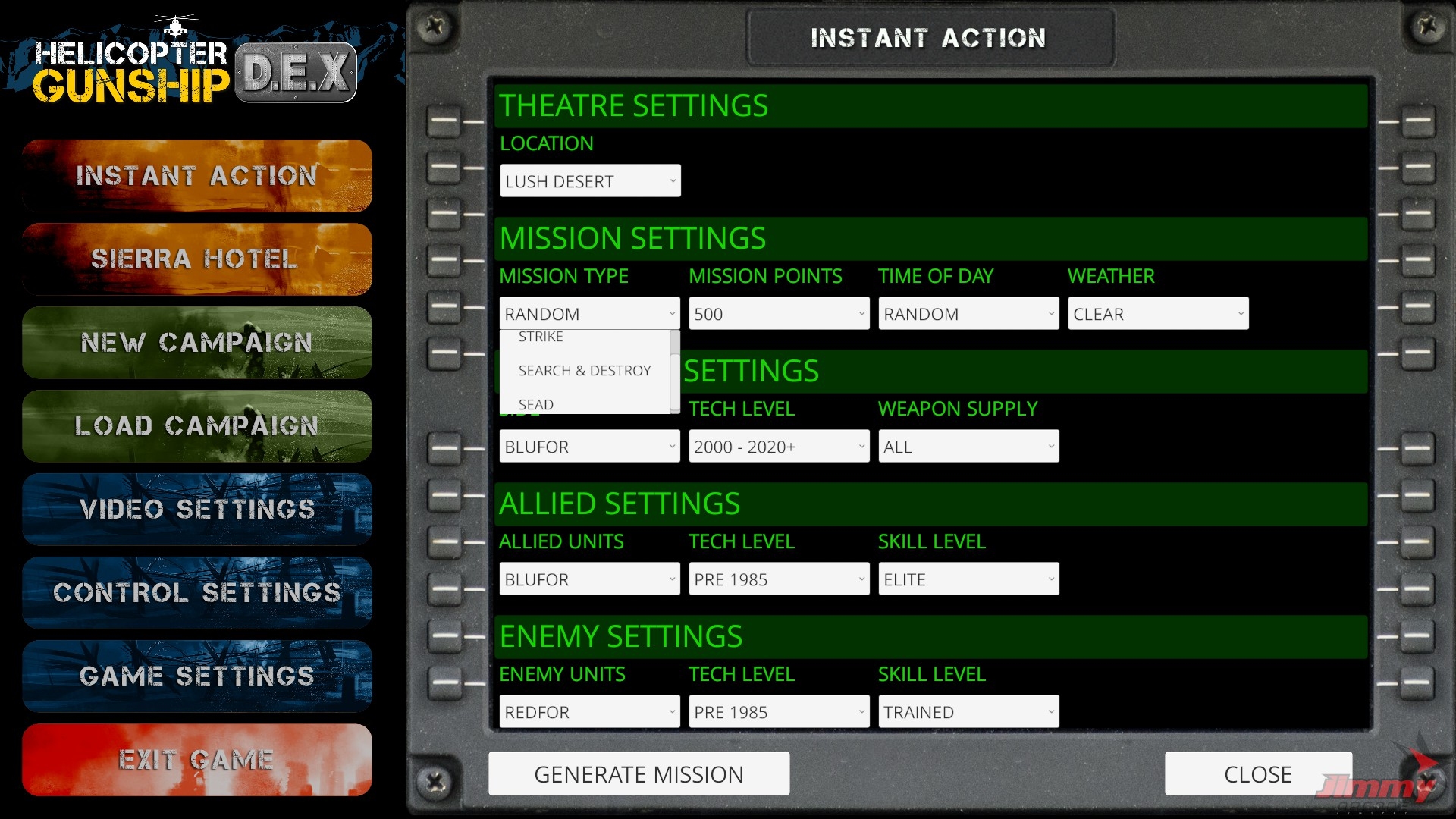
Currently you can hellraise in Apaches, Gazelles, Lynx, and Vipers. Targets are randomly strewn according to your mission type choice (strike, search and destroy, or SEAD) and vandalised with Hellfires, TOWs, Hydra rockets, and cannons, most of which require a little prep and thought to employ effectively.
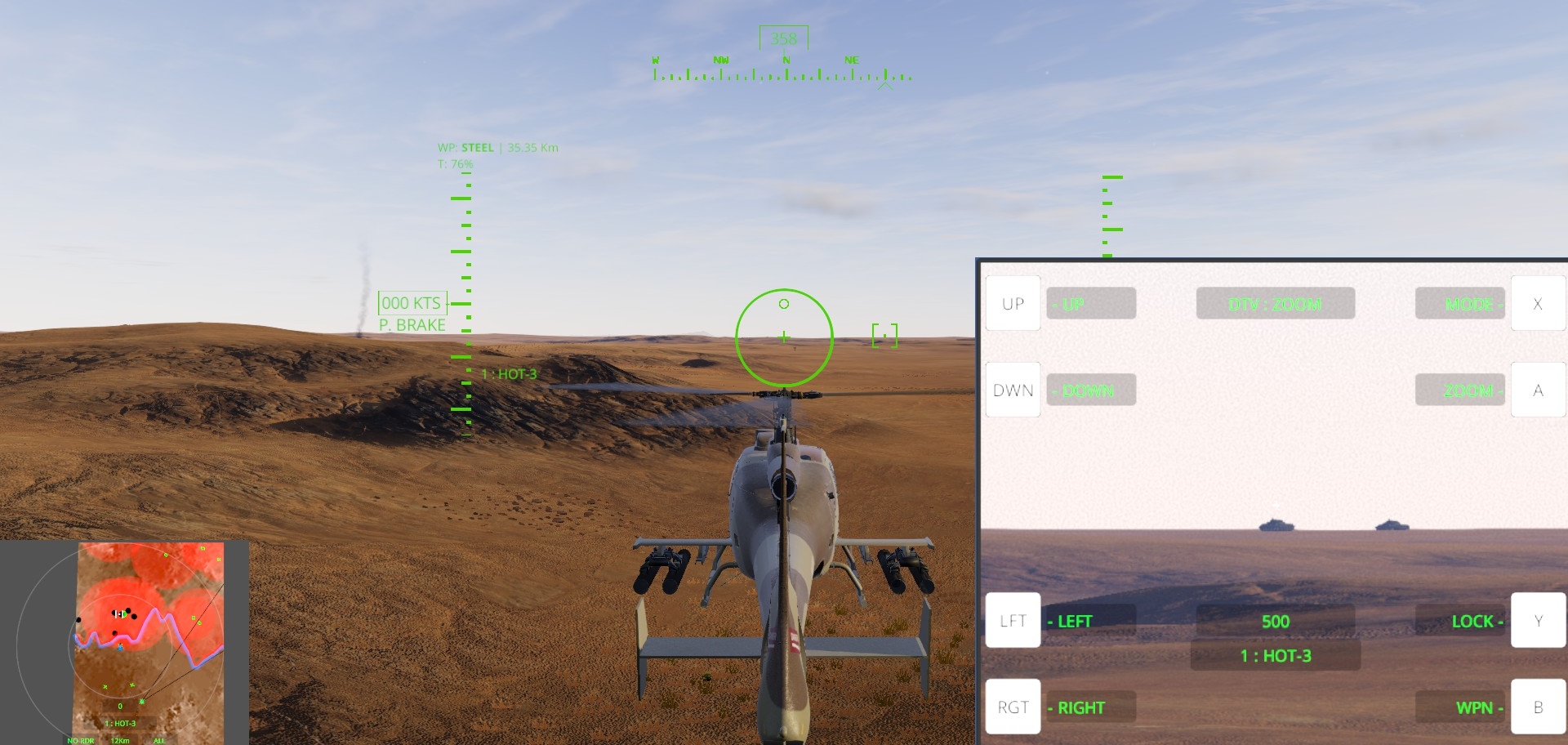
Fail to take full advantage of the radar and slewable/zoomable targeting pod, or use the contours on the atmospheric desert map intelligently, and success may prove elusive.
* You can also call in arty strikes and task drones
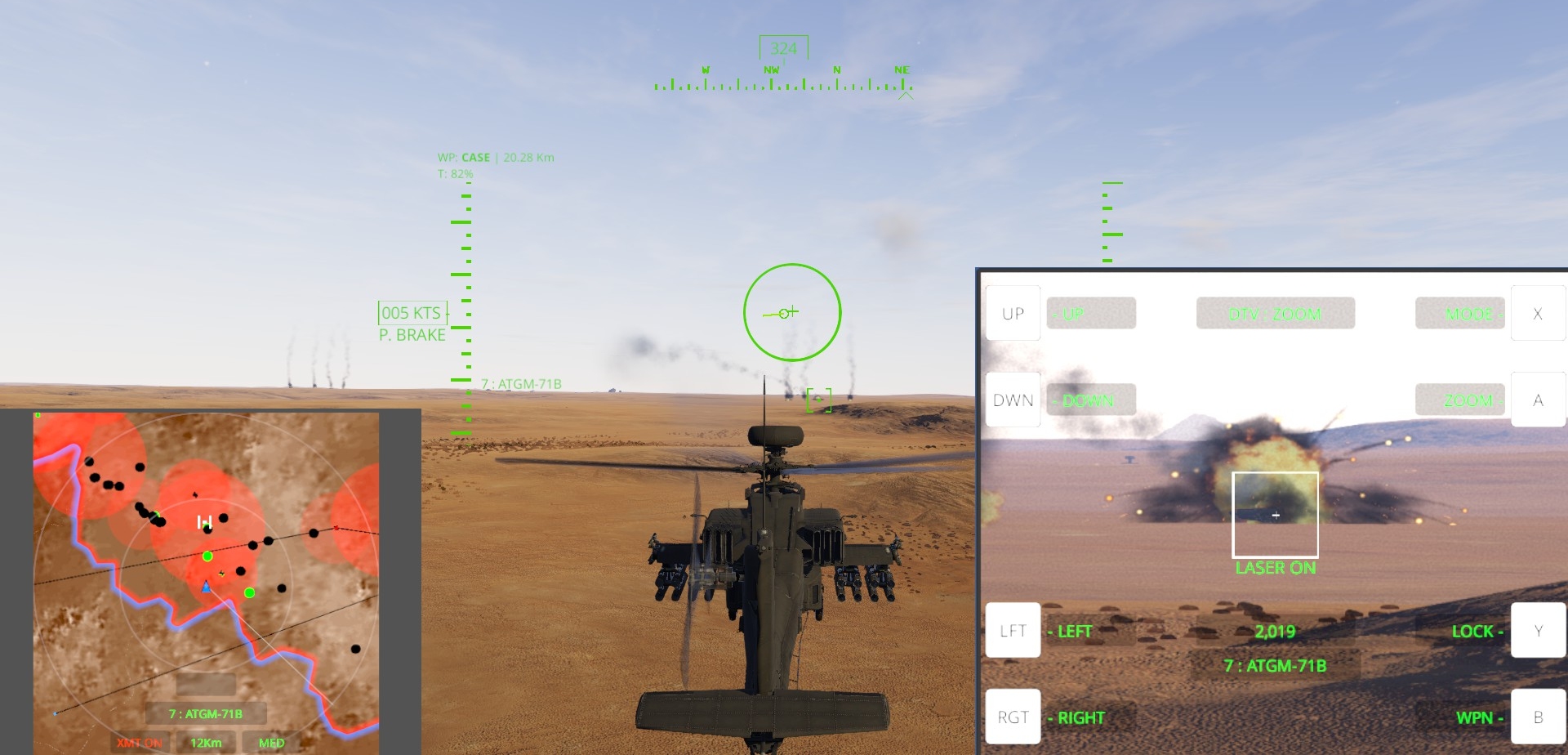
The flight model customisation aids and auto-hover key are invaluable early on. The latter lets you concentrate on finding prey with the pod camera, and move into and out of cover, with the minimum of fuss. Not that it matters if you CFIT right now. Helpfully, the game treats all terrain collisions as gentle bumps at the moment.
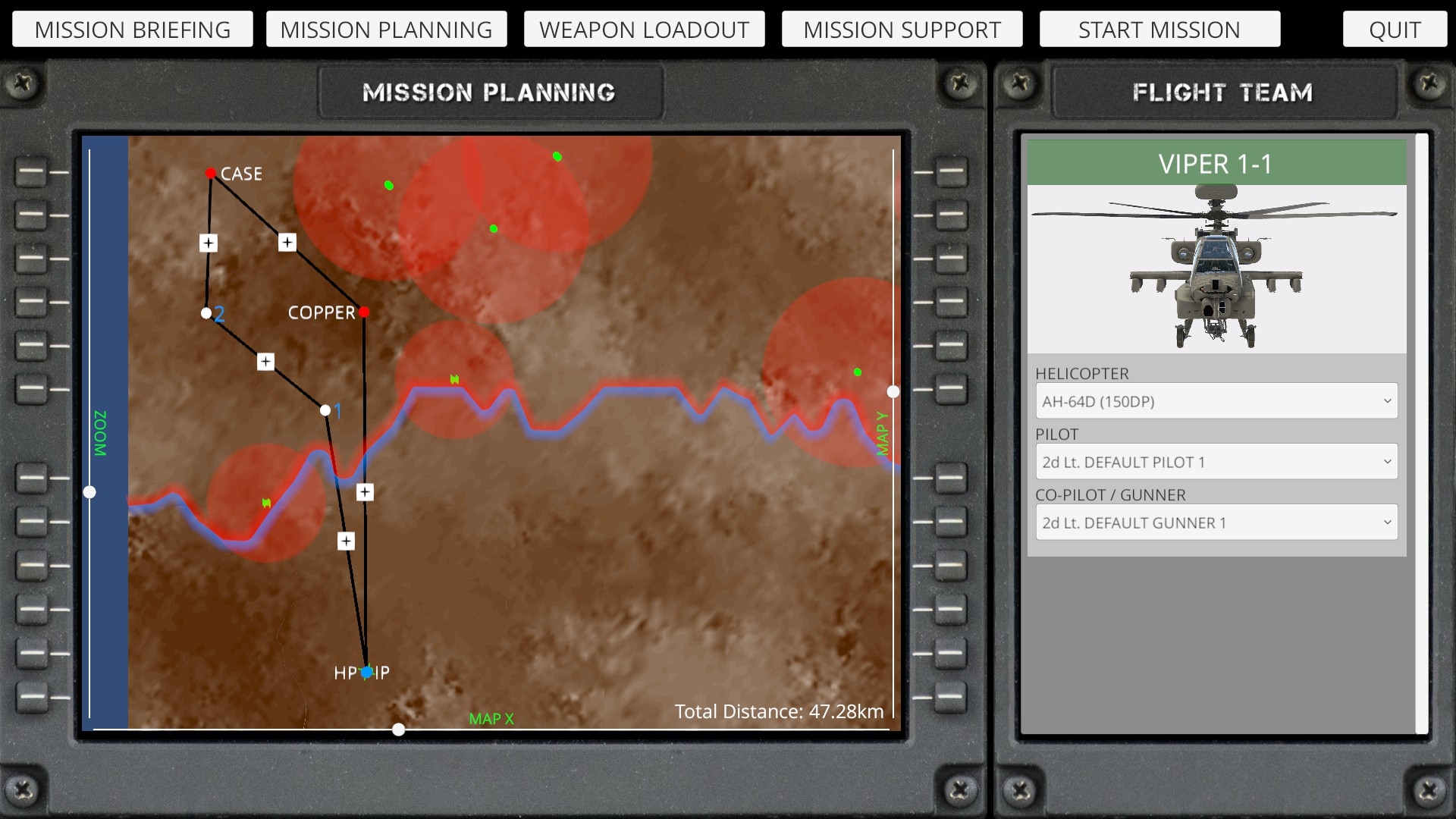
An EECH-style dynamic war is one of Jimmy’s loftier ambitions (initially the campaign will be “a string (or tour) of random missions which push/pull victory conditions”). Closer to fruition are new mounts, an Arctic map, and visual improvements to cockpit interiors. Judging by the speed at which updates have arrived since the December launch, I wouldn’t be surprised if I was skimming snow in a Kiowa by this time next month.
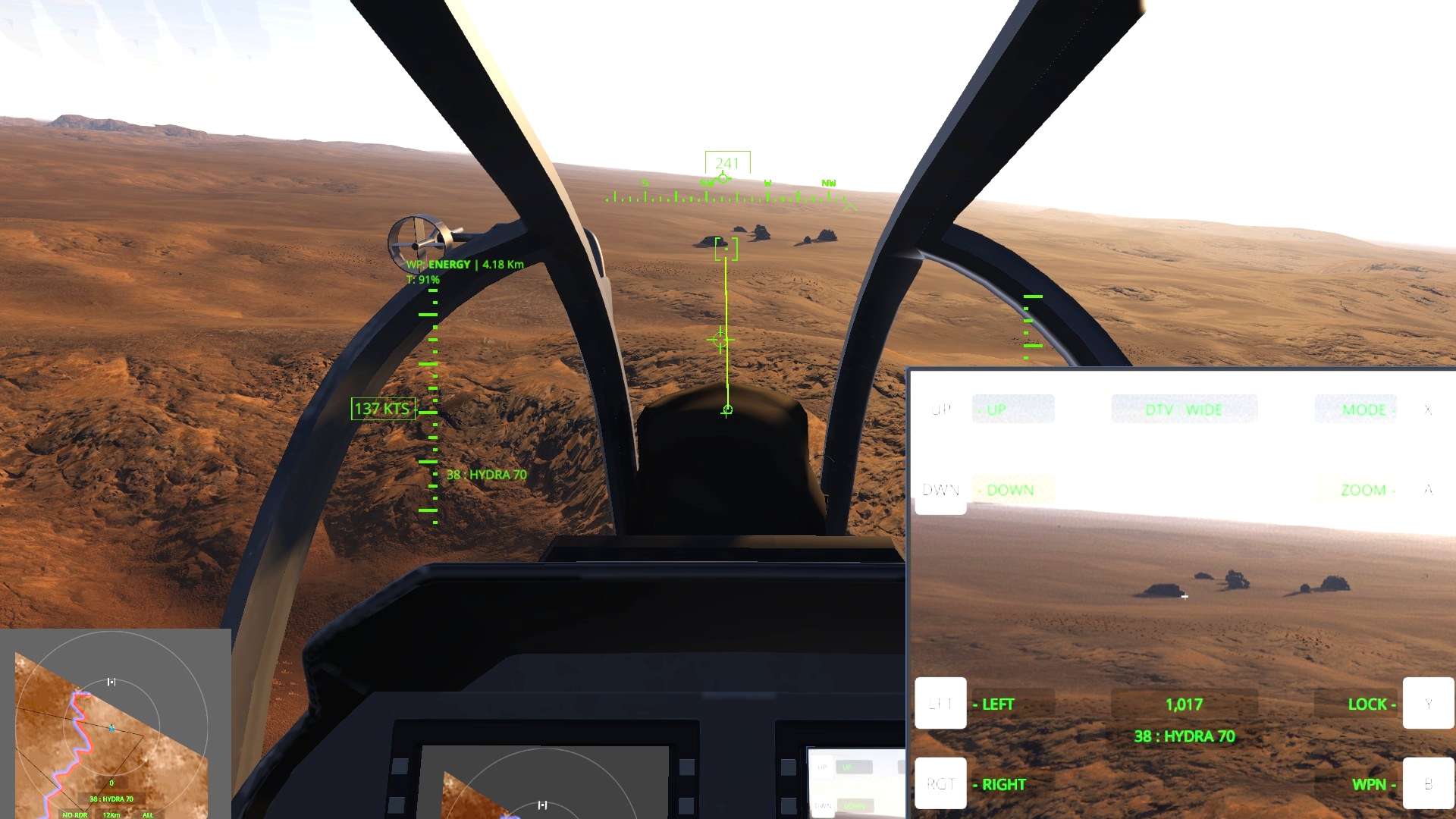
Assuming Jimmy doesn’t get distracted by his other project Helicopter Gunship DEX’s future looks very bright indeed.
* * *
Train Operator 377
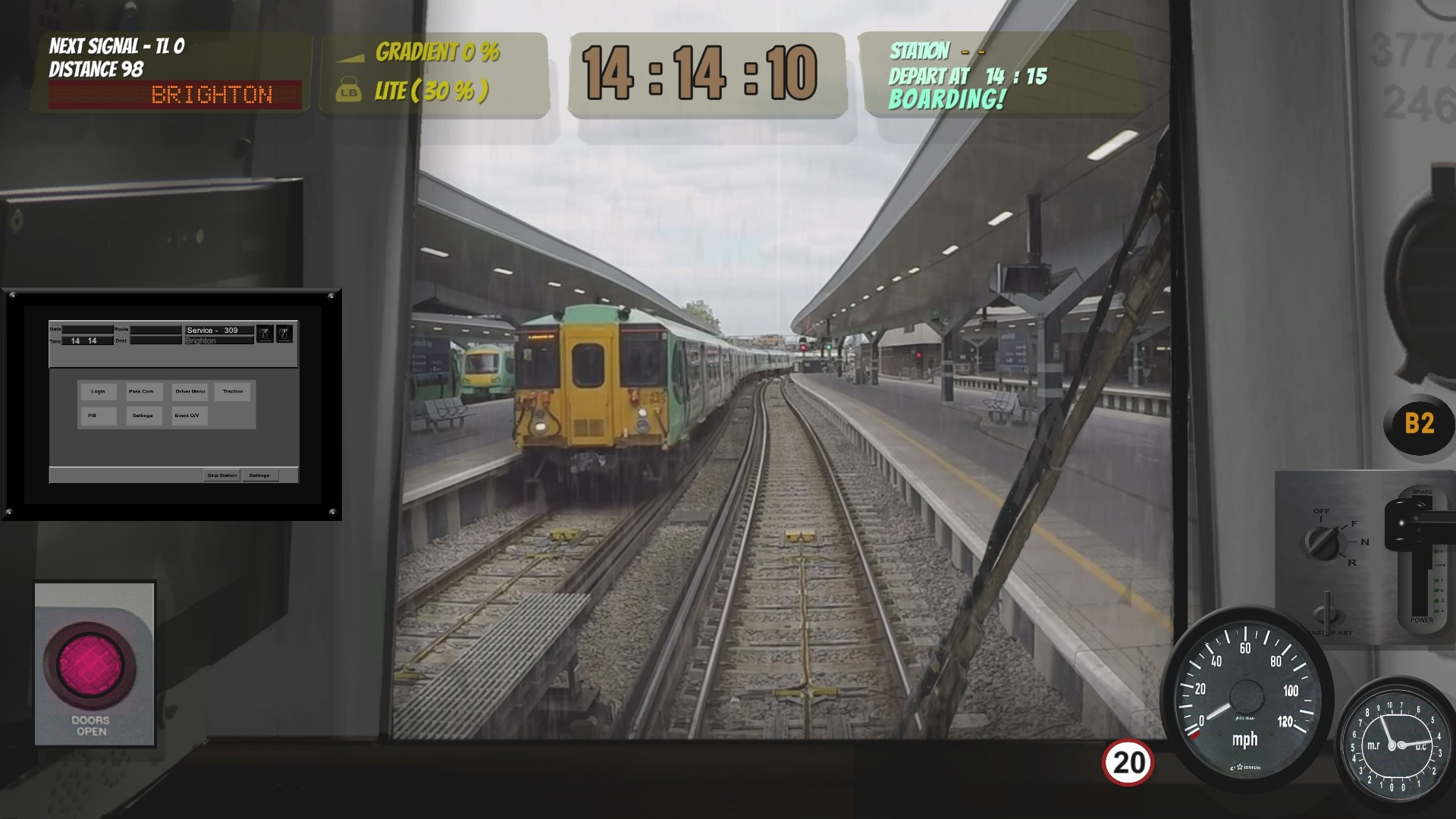
While Full Motion Video is to flight simulation what death metal is to dressage, FMV has enjoyed a long and fairly happy relationship with rail simulation. Last year, to my knowledge, three descendants of Torein Shimyurētā turned up on Steam. Unusually, the last of these wasn’t made or set in Japan, and didn’t cost a shogun’s ransom.
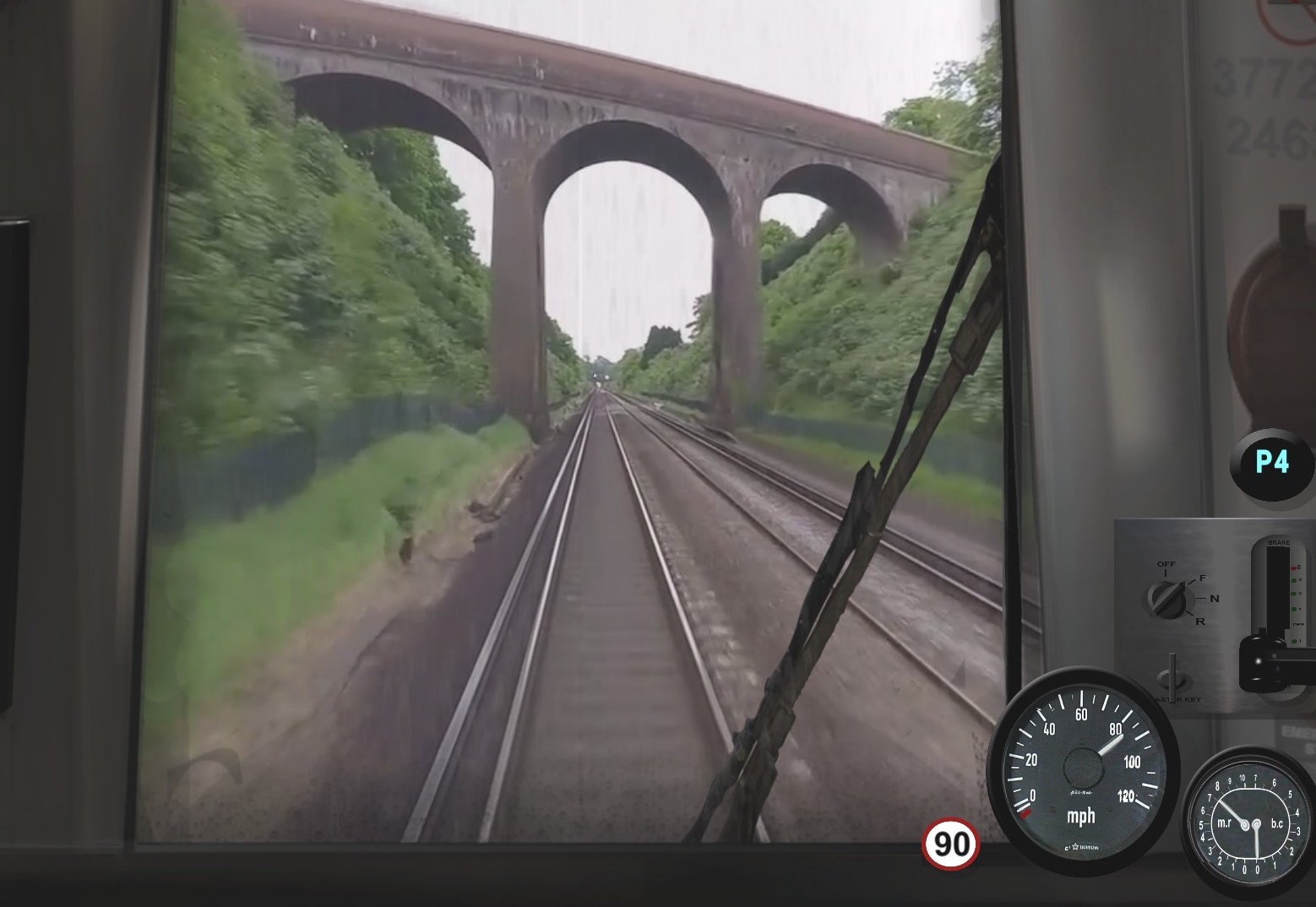
Instead of a painstakingly crafted strip of 3D scenery, the £8.50 Train Operator 377 uses footage shot from the cab of a Class 377 EMU on the Brighton Main Line. The approach brings both benefits and drawbacks. Obviously, if you radically depart from the driving pattern of the source EMU either deliberately or accidentally then the illusion can start to fracture. For example, stop for no reason in the middle of a 90mph stretch of the line, any other trains in view will also halt, and the scenery will slideshow for a spell when you restart.
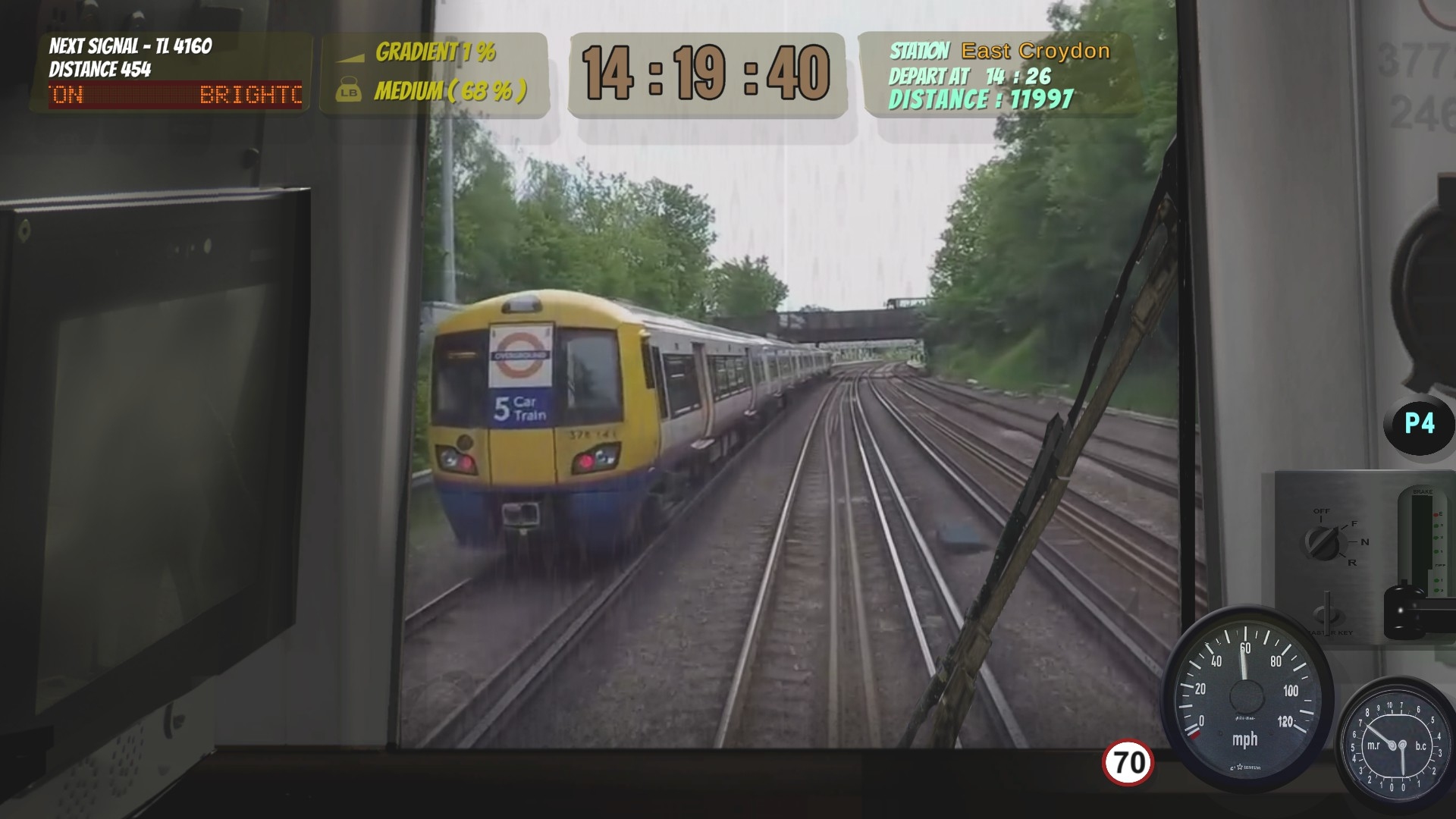
Then there’s the unchanging nature of the incidental traffic. That Class 66-hauled engineer’s train waiting just outside London Bridge station? Like all the other trains you pass during your journey to or from Brighton, it will, of course, be in precisely the same location the next time you drive the route.
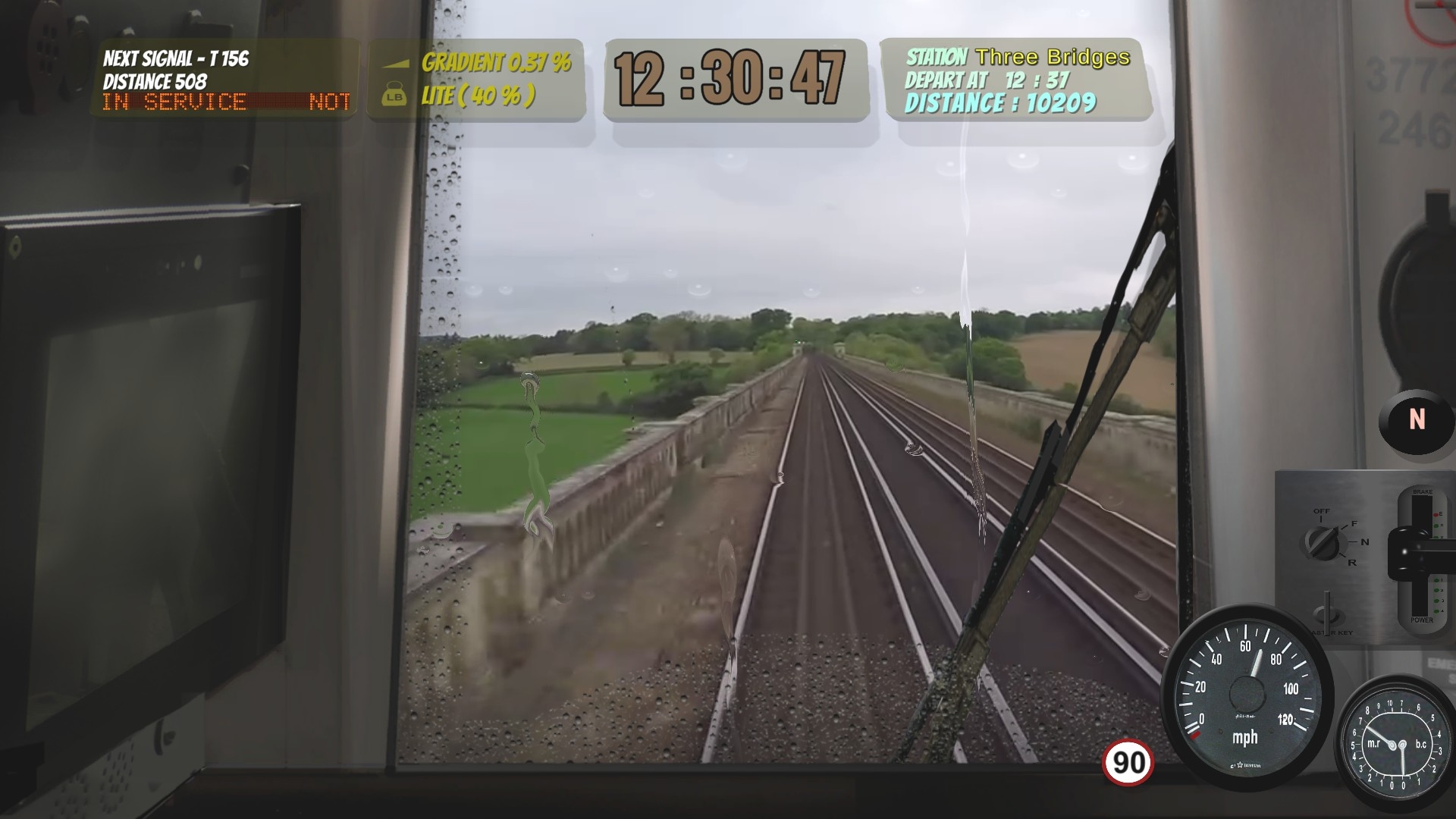
Developer Heliosphere Software do their best to inject variety into proceedings with ingenious ideas like random train weights, hazards, and signals (The latter is achieved with signal bitmaps pasted on top of the footage in appropriate places). The attempt to shake things up with different weather and season settings is less successful. With the exception of the animated, wiper-erasable windscreen raindrops, most of these options boil down to graphics filters of questionable worth.
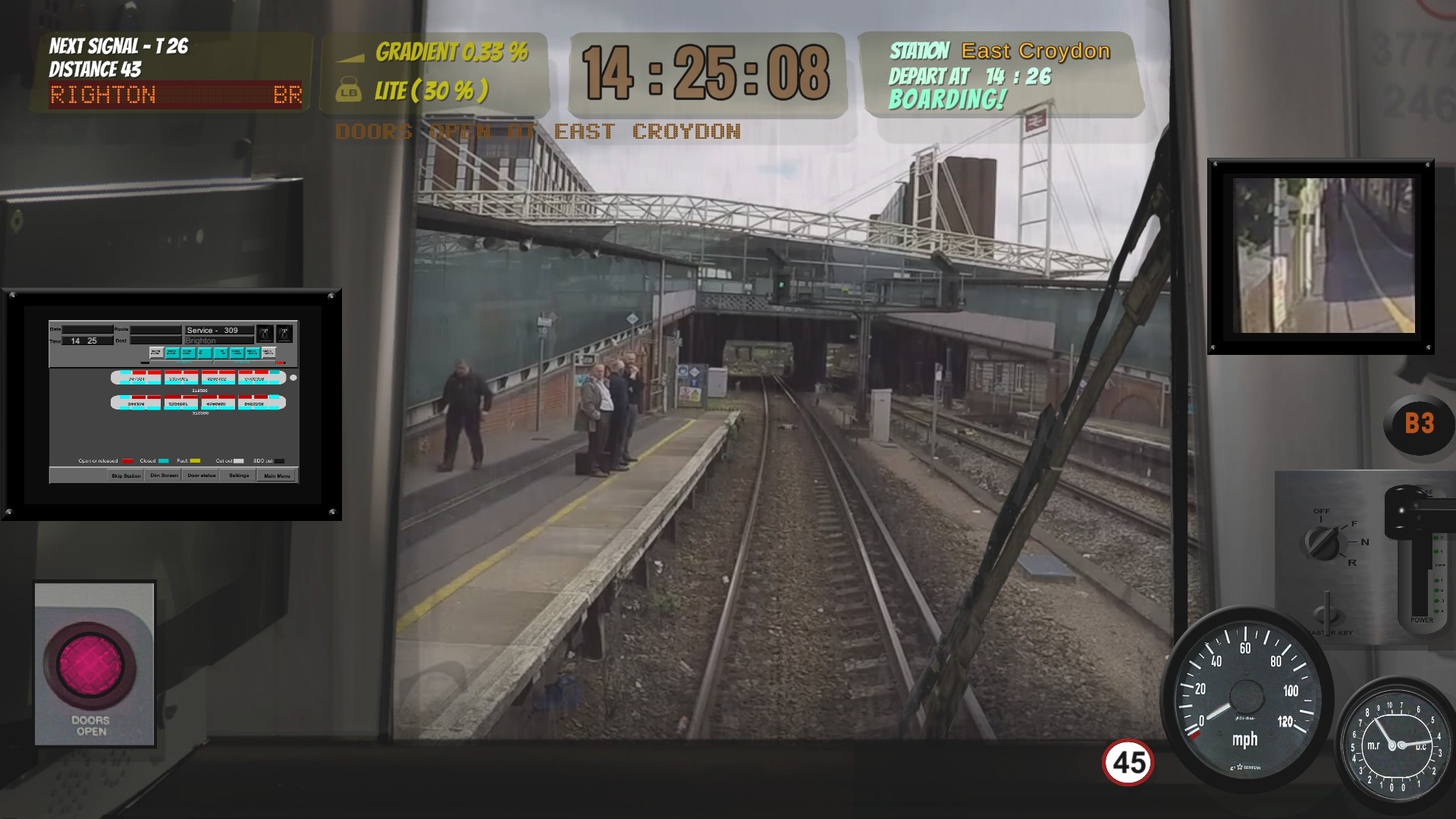
While the video quality isn’t as high as in alternative FMV train sims, I found that it didn’t take long for my brain to start buying into the fantasy. Working in tandem with credible physics and evocative audio, TO377’s visuals make up for in veracity and detail what they lack in crispness and versatility.*
* Obviously, external train views aren’t available.
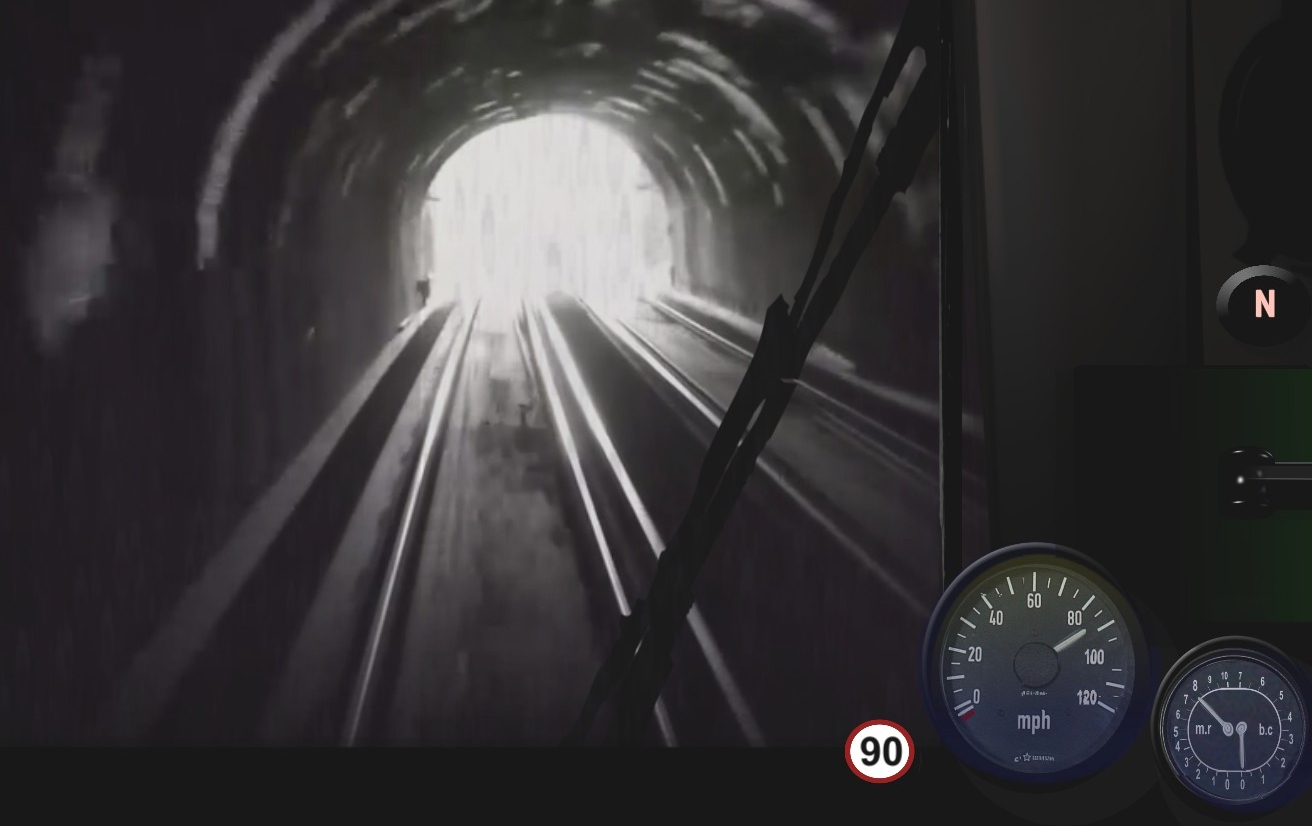
Compared to routes in traditional sims such as TSW and Train Simulator, the fifty-mile line teems with traffic and provides far more interesting panoramas. Dashing through tunnels and pulling into busy stations in particular, reminds you just how poorly most conventional sims model these aspects of the railway scene.
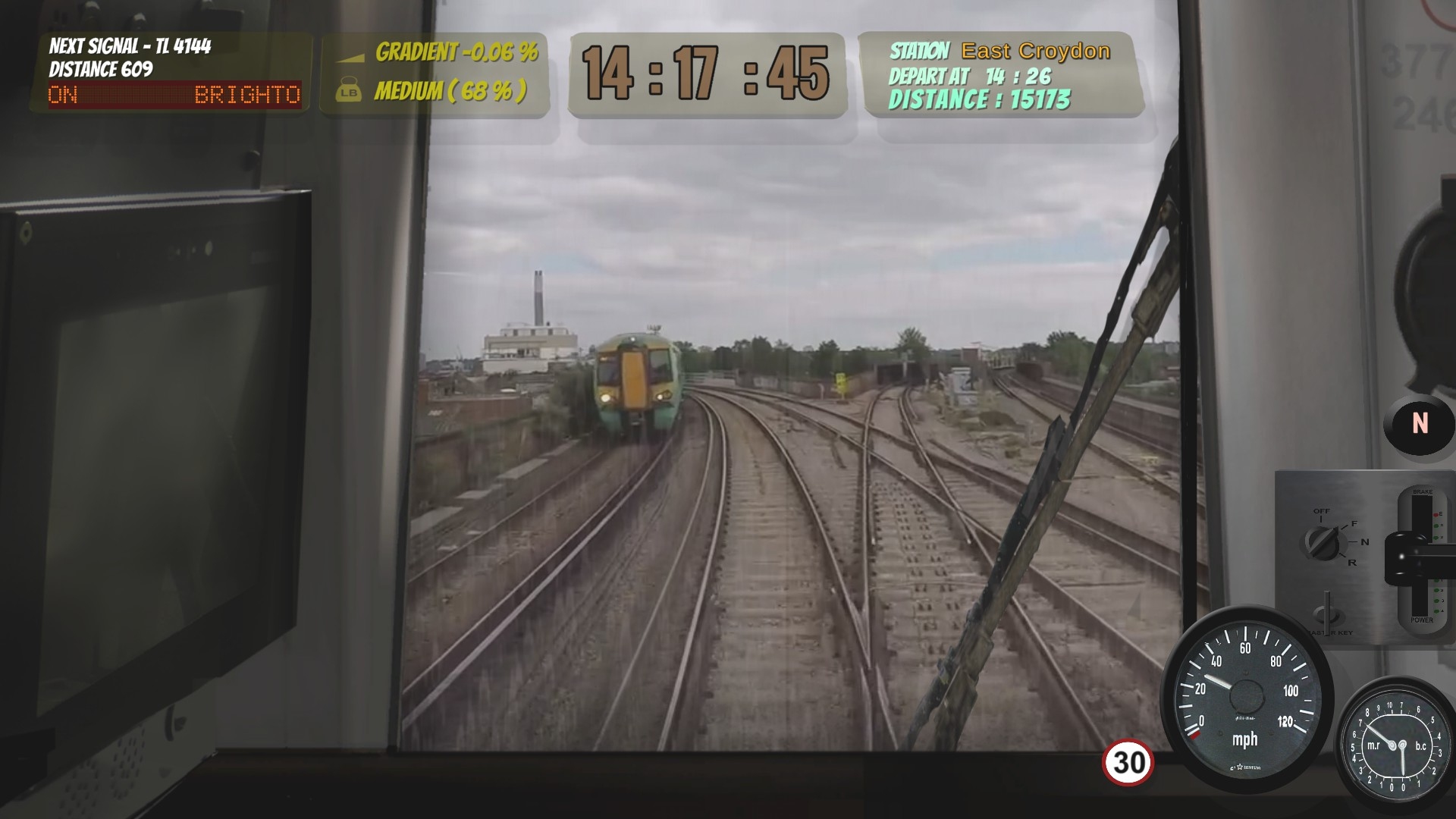
Compared to some peer sims, TO377 is pleasantly relaxed when it comes to operational misdemeanours. Overshoot a platform or break a speed limit, and the gaffes will damage your score, but not curtail your fun.
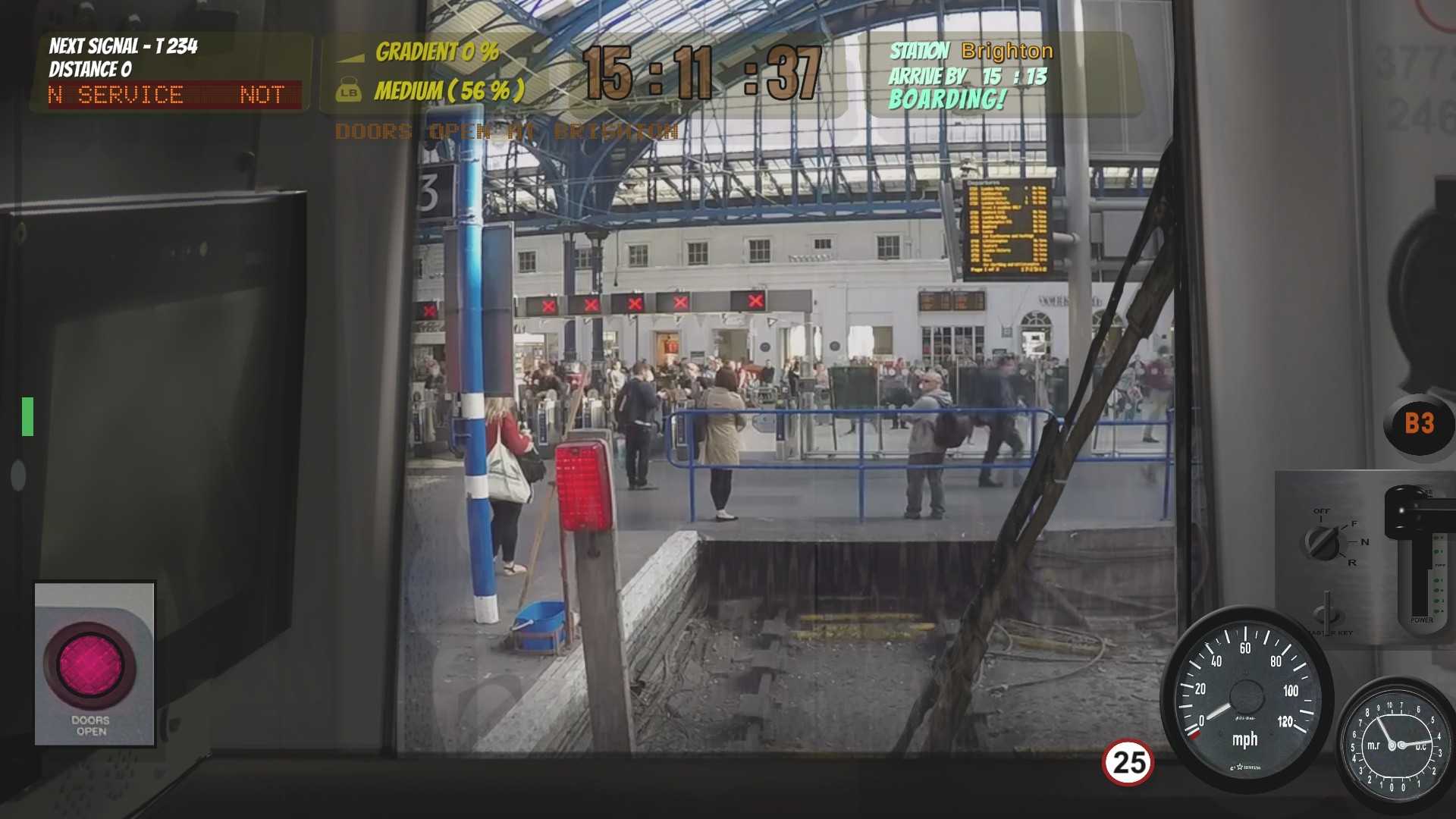
Wringing £8.50’s worth of pleasure from Train Operator 377 won’t be difficult for me.
* * *
Gerda: A Flame in Winter
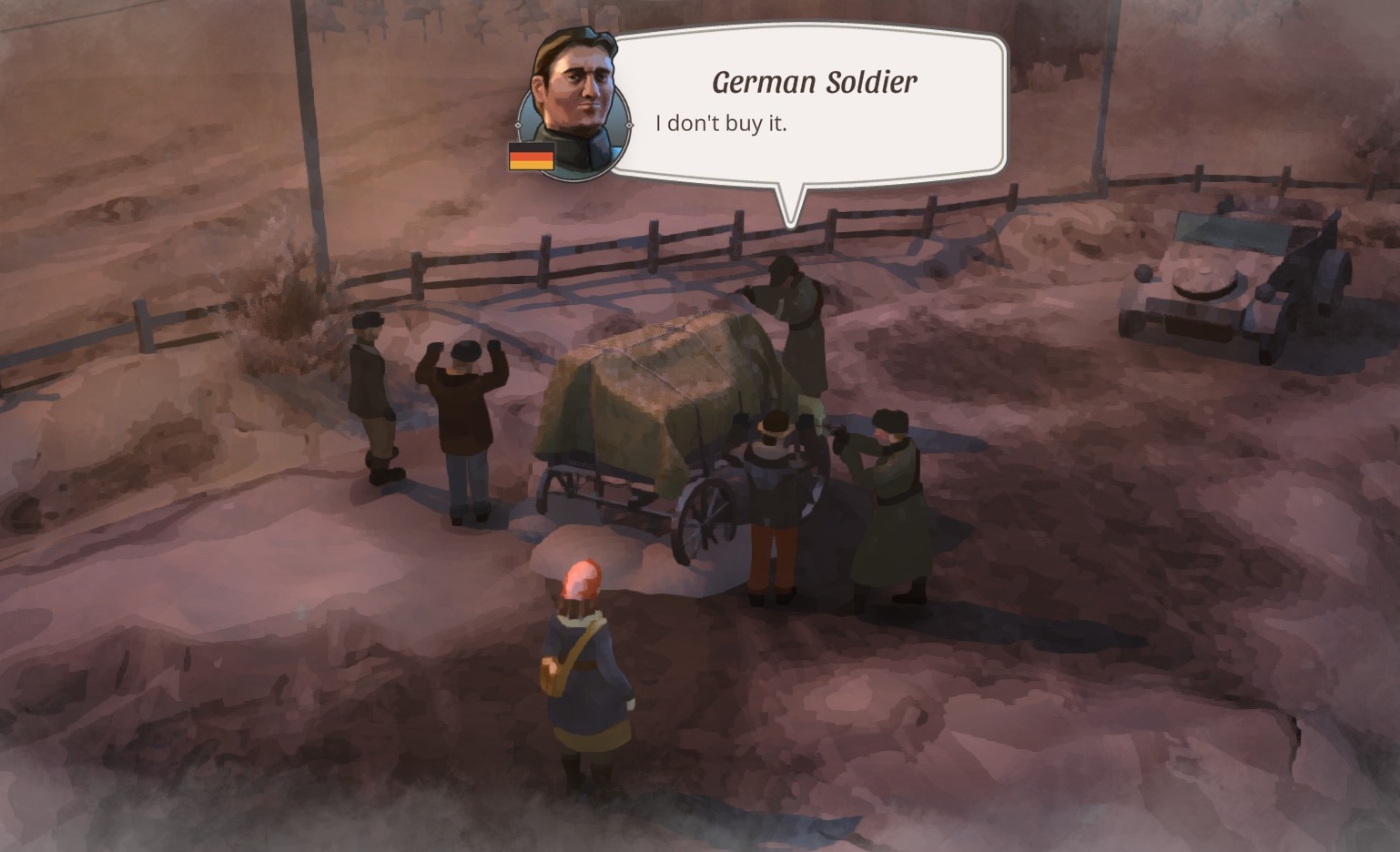
One of my first thoughts on waking this morning was “Perhaps I should have helped those deserters”. Hot on the heels of that thought came a more nagging one: “Why didn’t I help those deserters?”.
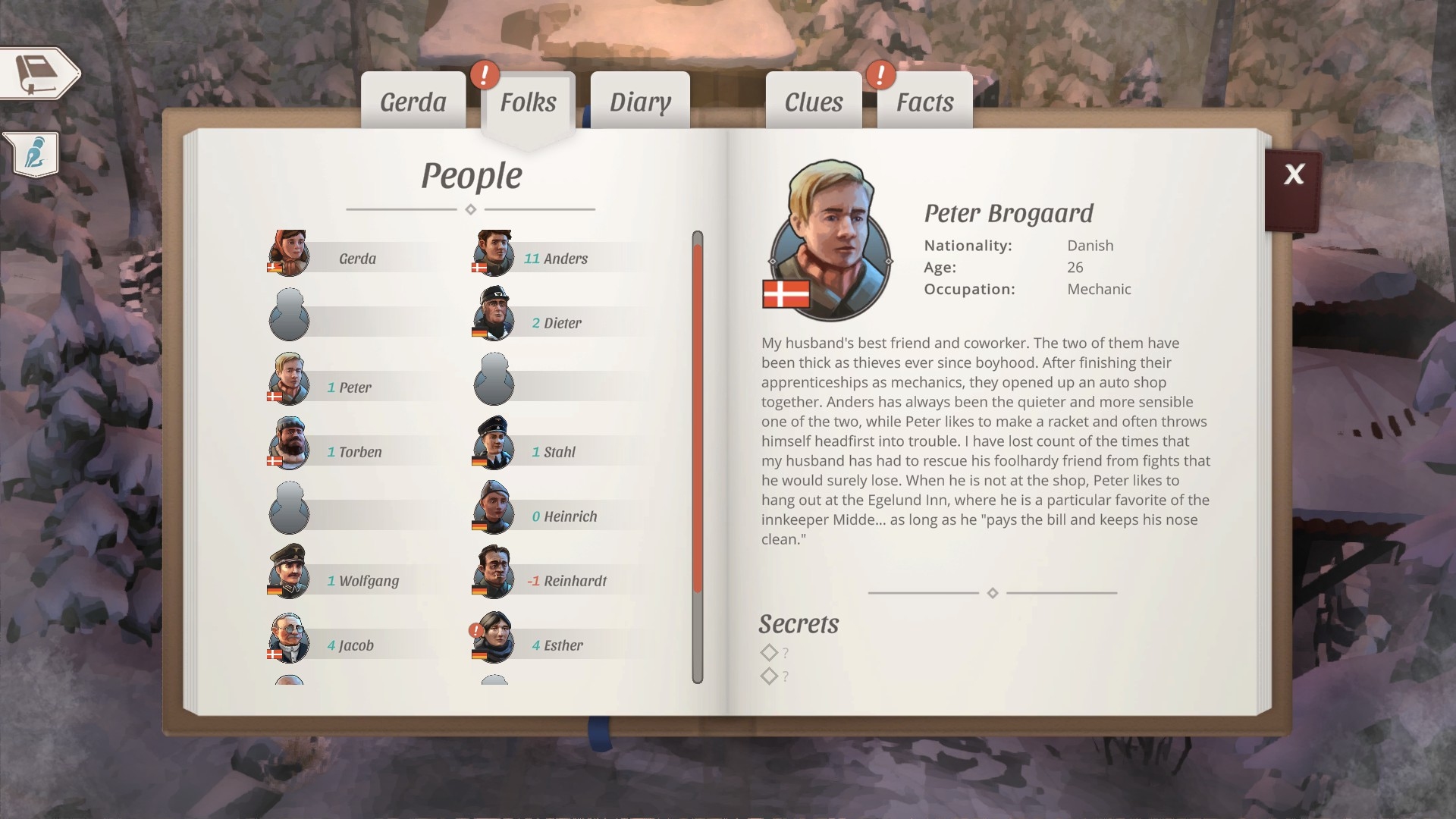
This brilliant* adventure game works its magic with a novel historical setting, a strong yet restrained narrative, a large cast of interesting cliche-free characters, and some unexpectedly complex play mechanics.
* Adjective based on three hours of play only!
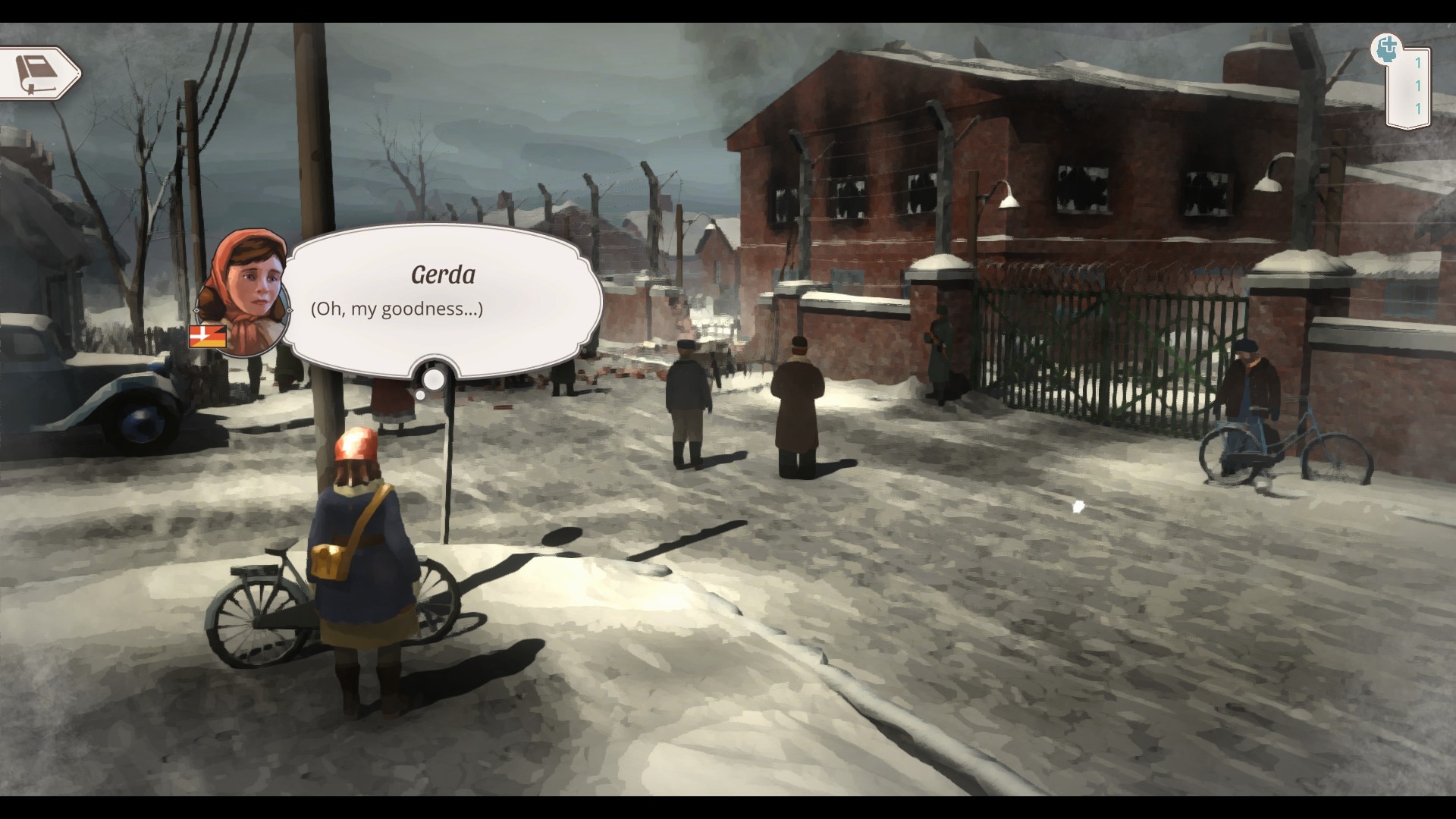
The titular lead, a nurse living in a small Danish town close to the German border, finds herself navigating a world transformed by WW2. Once part of Germany, Tinglev is not your typical occupied burg. Some inhabitants, including Gerda’s own father, have sympathy for and links with the country to the south. These connections complicate a (so far) thoroughly believable plot and make Gerda’s choices – your choices – much more thought-provoking than they might otherwise have been.
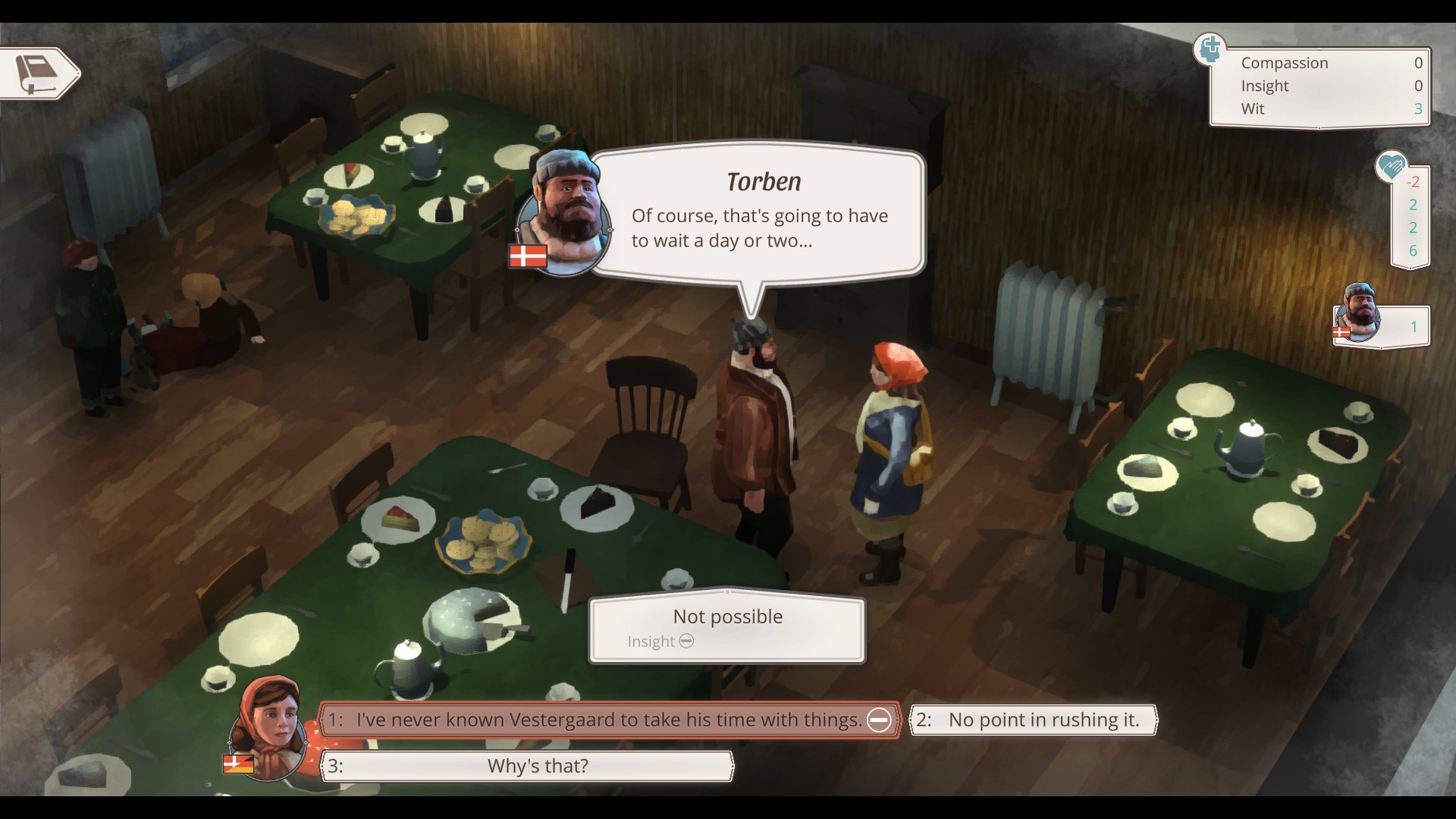
Unlike Svoboda 1945: Liberation, an offering with a not dissimilar theme, Gerda isn’t so focused on relating relatively obscure 20th Century history that it sometimes forgets to ludologise that history. At the heart of the game are restless stats representing the heroine’s “mental energies” (Compassion, Wit, and Insight) and relationships with Tinglev’s four factions (Danes, Germans, Occupation, Resistance). How you handle the situations you encounter shapes these stats, and the stats, in turn, impact the actions/dialogue available to you in situations.*
* The objects in your inventory also influence options from time to time.
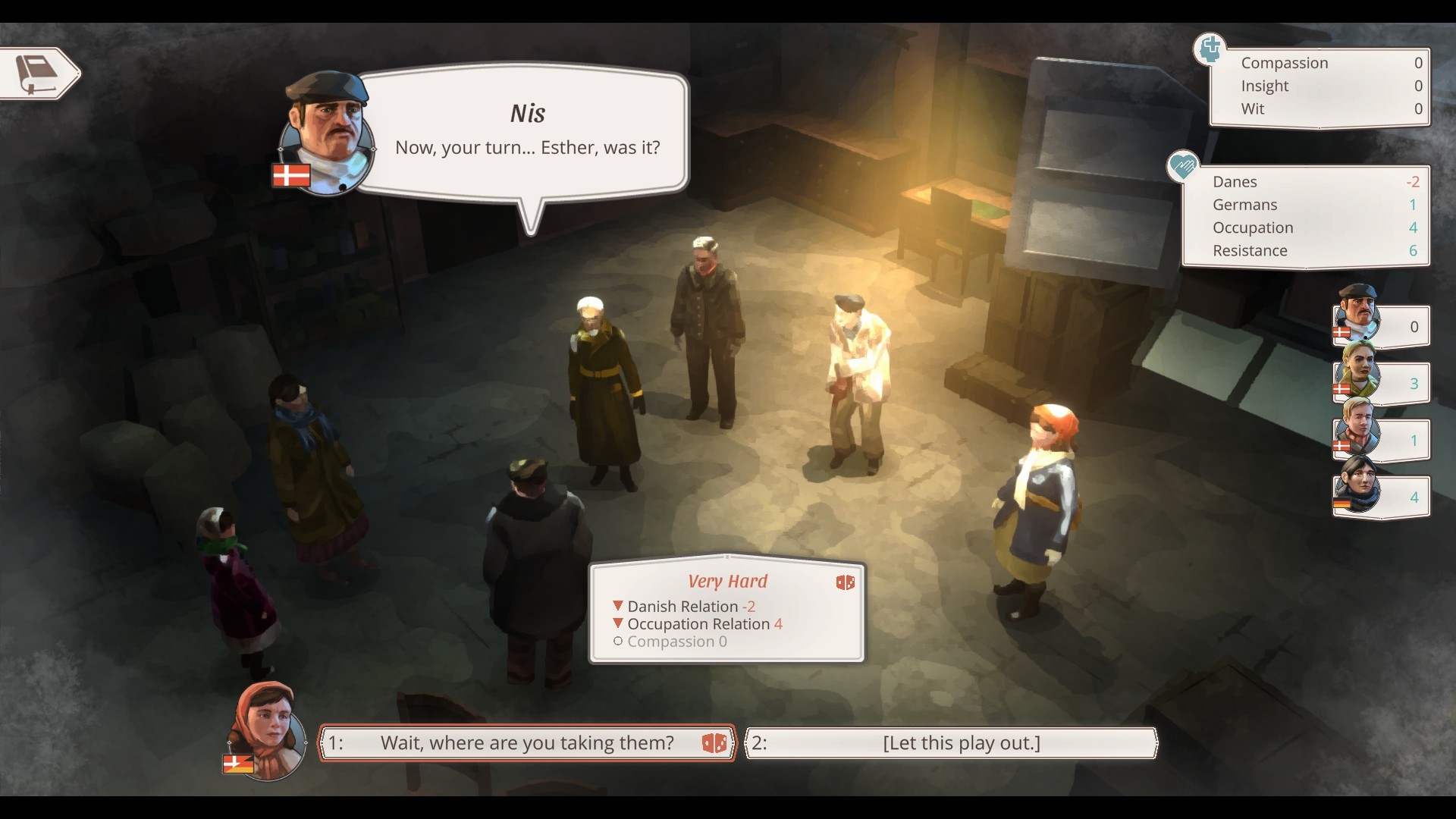
Sometimes a choice comes with a stat- and dice-influenced risk of failure. On such occasions the likelihood of success is signalled with words such as ‘easy’, ‘challenging’, and ‘hard’.
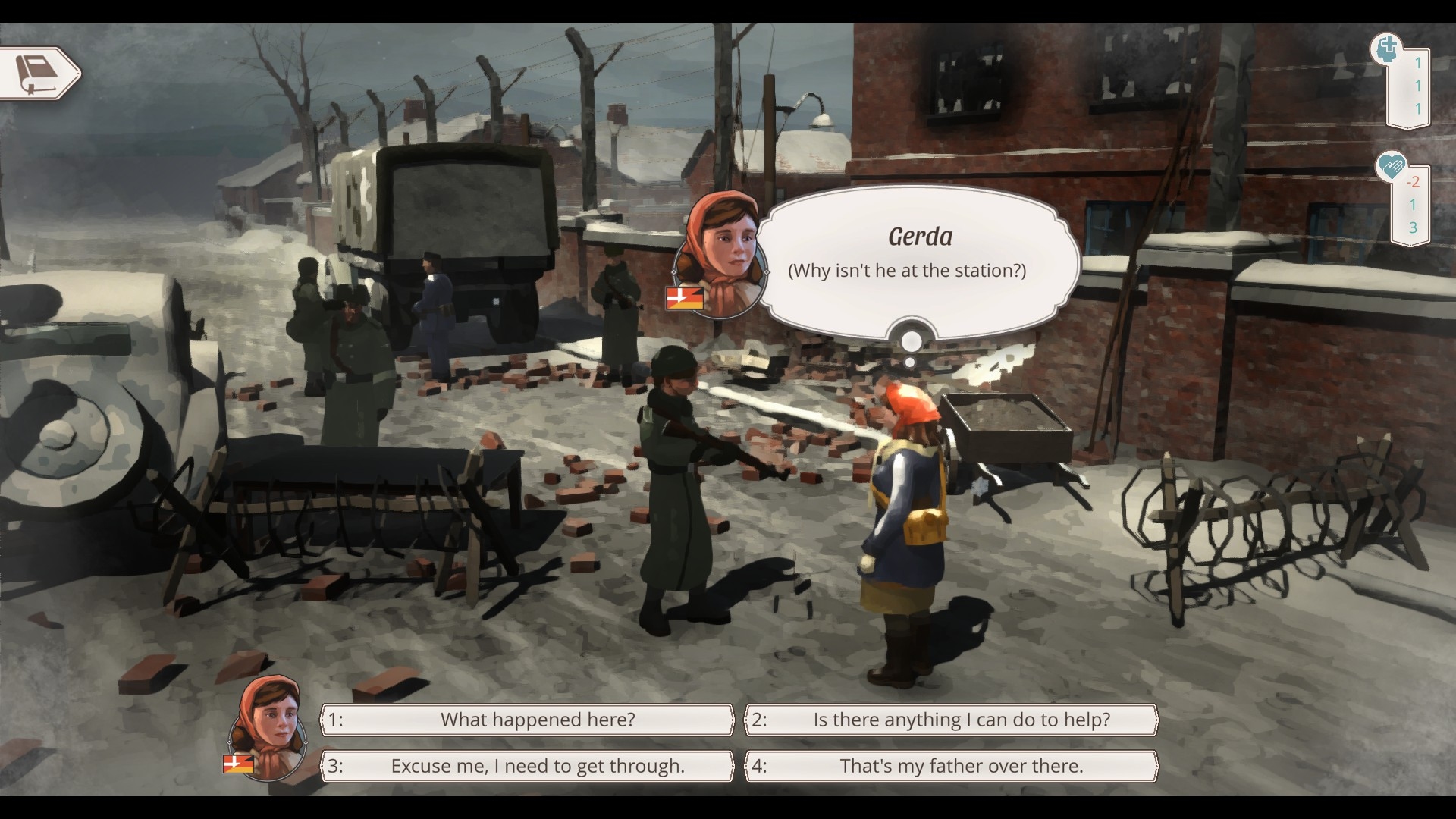
It’s a testament to the sophistication of PortaPlay’s approach that you never find yourself scanning choices wondering “Which one is the right choice here?”. Generally, your concerns are more naturalistic: “How do I use this encounter to further my half-formed plans?”… “How do I get out of this without further damaging my relationship with character X or faction Y?”
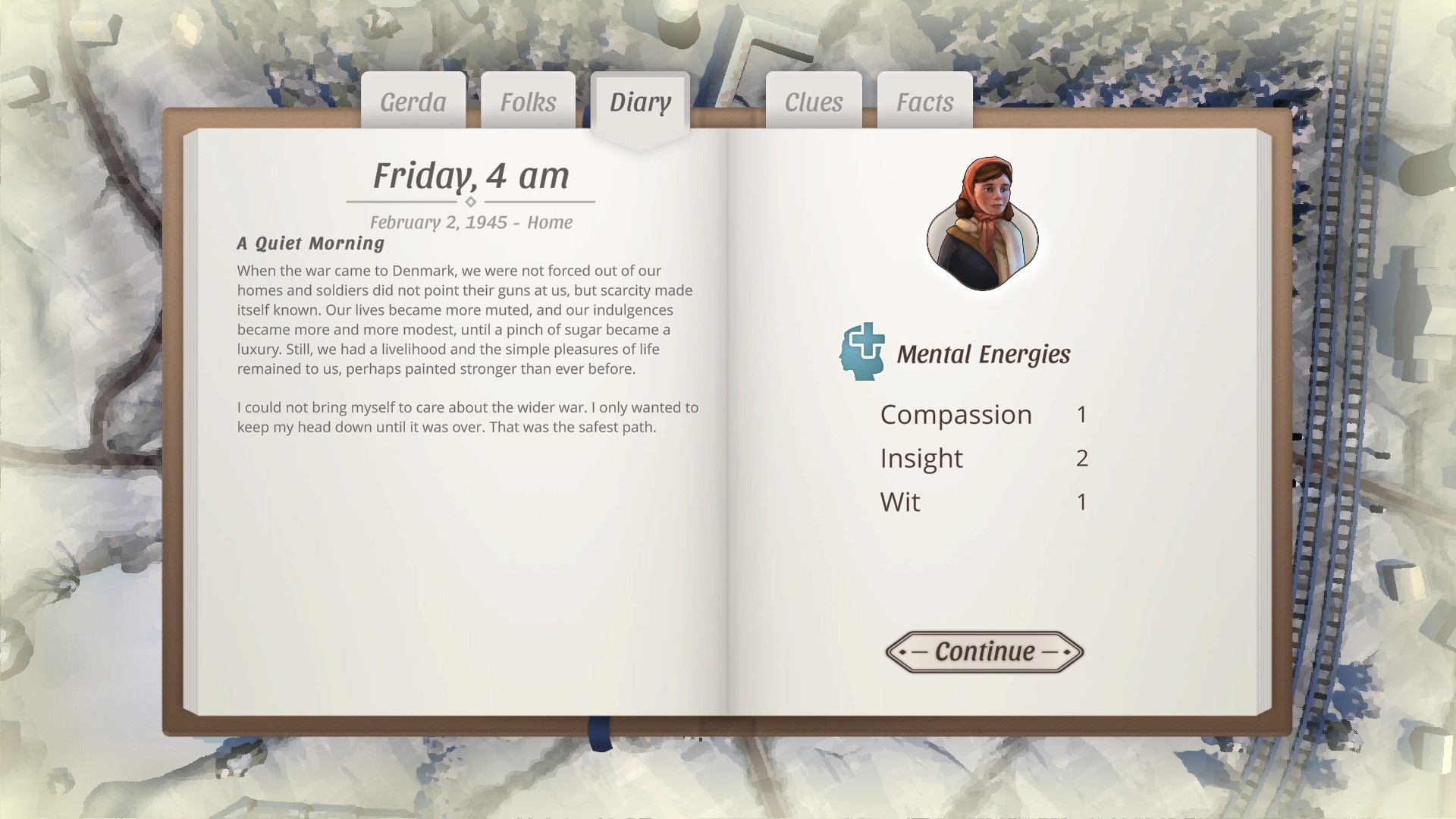
I suspect the deeply embedded RPG mechanics together with the hard decisions imposed by the game’s quietly ticking clock (often you don’t have time to do everything you’d like to do before the end-of-day journal phase) make Gerda ripe for replay.
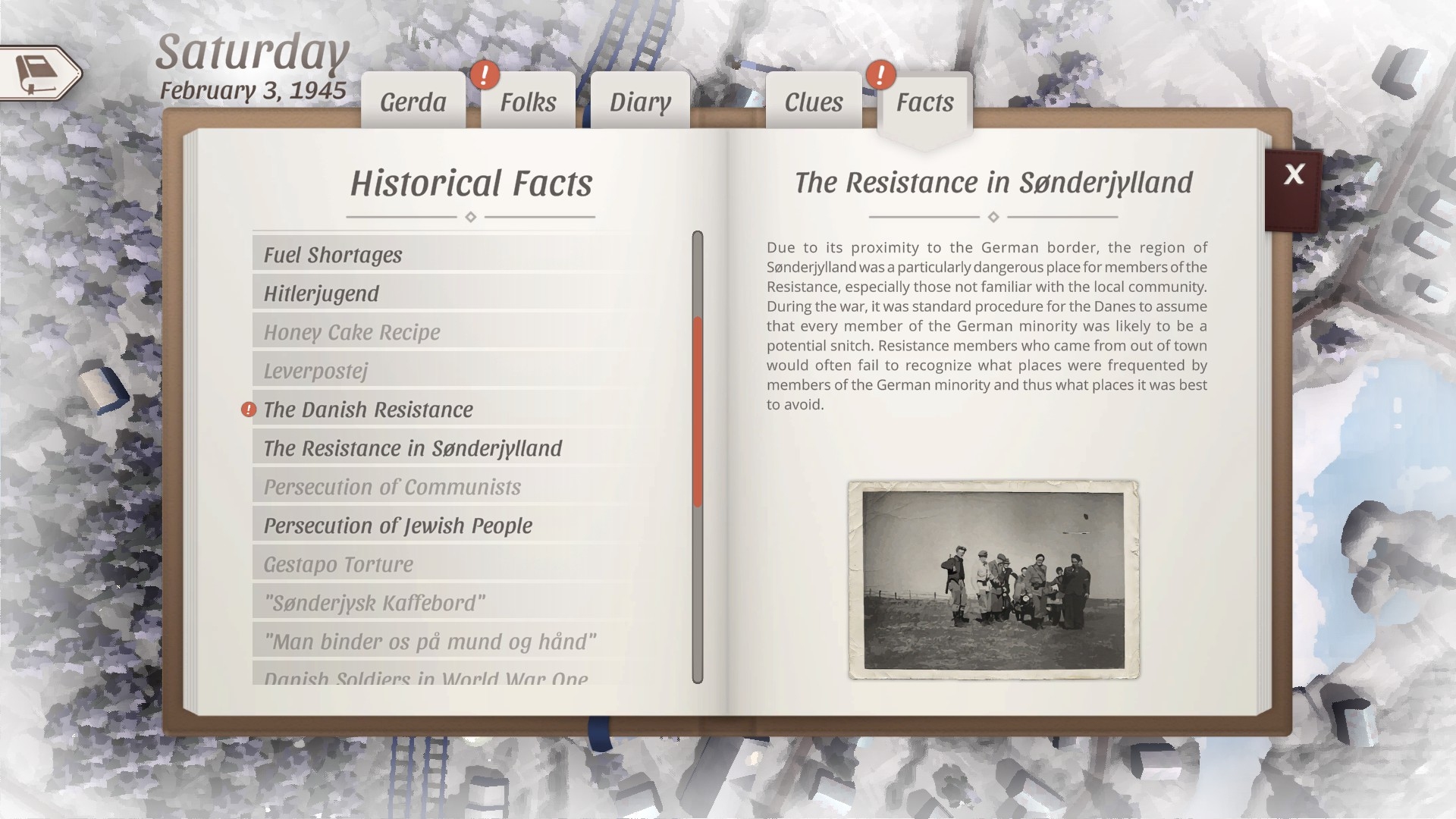
As in Svoboda, there’s a scrapbook that fills with historical information as you proceed. Assuming you don’t hail from the land of Kierkegaard, Lego, and the Little Fishgirl, you’re sure to learn things from the entries.
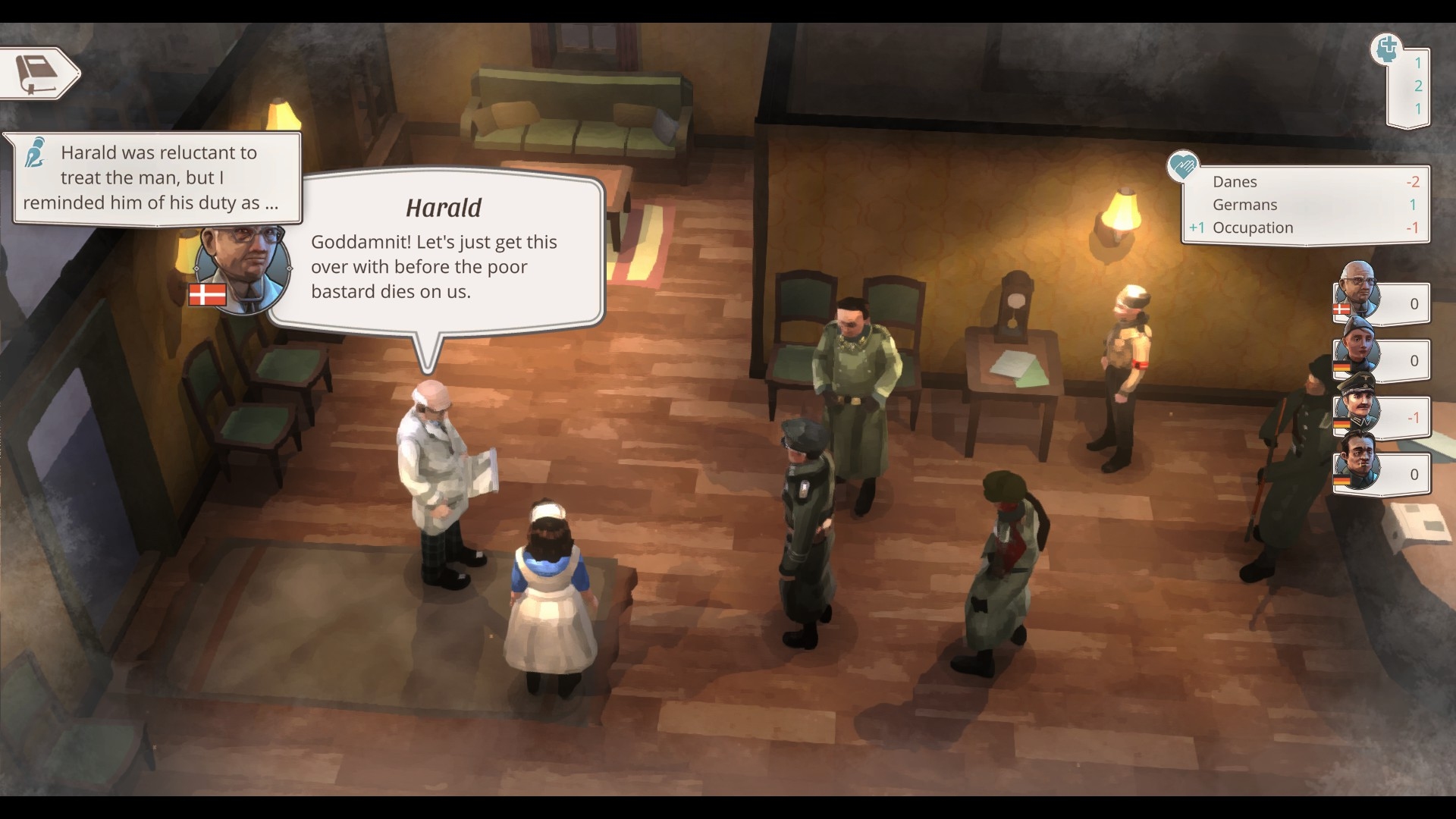
Almost all of the in-game text is to-the-point and nicely translated. If you dislike writing that’s pretentious, overly sentimental, or littered with expletives, Gerda shouldn’t get your goat.
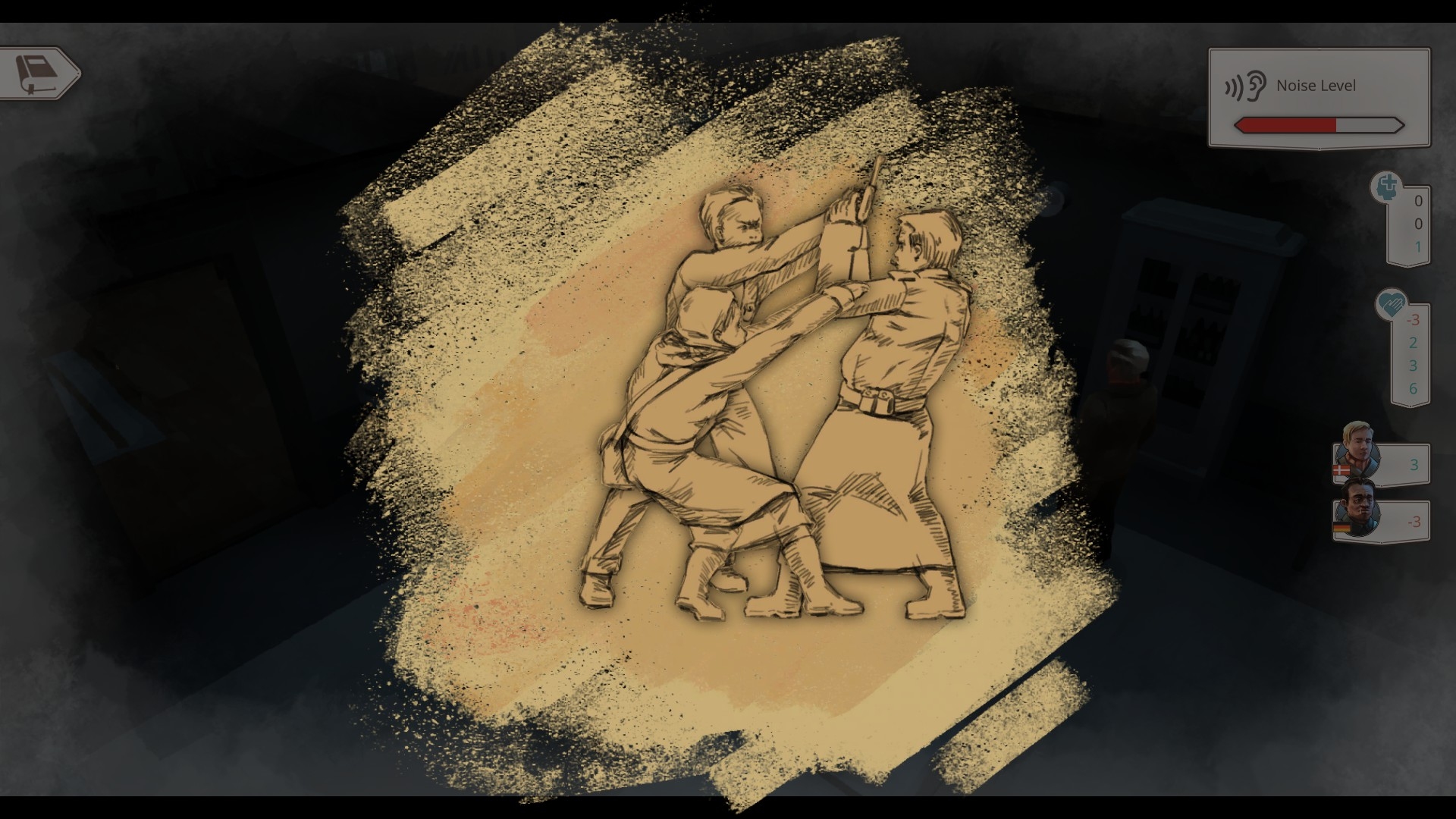
Fingers crossed there are no nasty surprises (clumsy moralising… emotional manipulation… rhythm-action ice skating…) lurking in Gerda’s latter stages. If there are, they are guaranteed a mention in next week’s A2Z.


Wowowow, my wishlist is groaning. Gerda in particular is very appealing. Natural dialogue options and unpretentious writing… Gotta love it. Hope it holds up for you, Tim.
No more hovering over it, that’s Helicopter Gunship DEX on the way to my steam library.
How does Train Op 377 look when at low speed in stations? JRETS has been a revolution on that front, it’s remarkably smooth at lower speeds unlike most FMV train sims.
I’ve not tried JR EAST Train Sim I’m afraid, so can’t shed any light on how the two sims compare in terms of smoothness. I find T0377’s fluency during station stops perfectly acceptable, but obviously the closer your behaviour is to that of the driver in the film, the silkier things are. Things start to unravel a bit when you make mistakes or choose to drive expresses. I get a nasty “CACHING” message and pause when passing through bigger stations on non-stop runs. I assume this is because the source video features a stopping service and the software is struggling to adapt.
How did I even miss Gerda’s release? I wish Steam would come up with a better recommendations system instead of the usual poppycock. Thank you Tim for covering this.